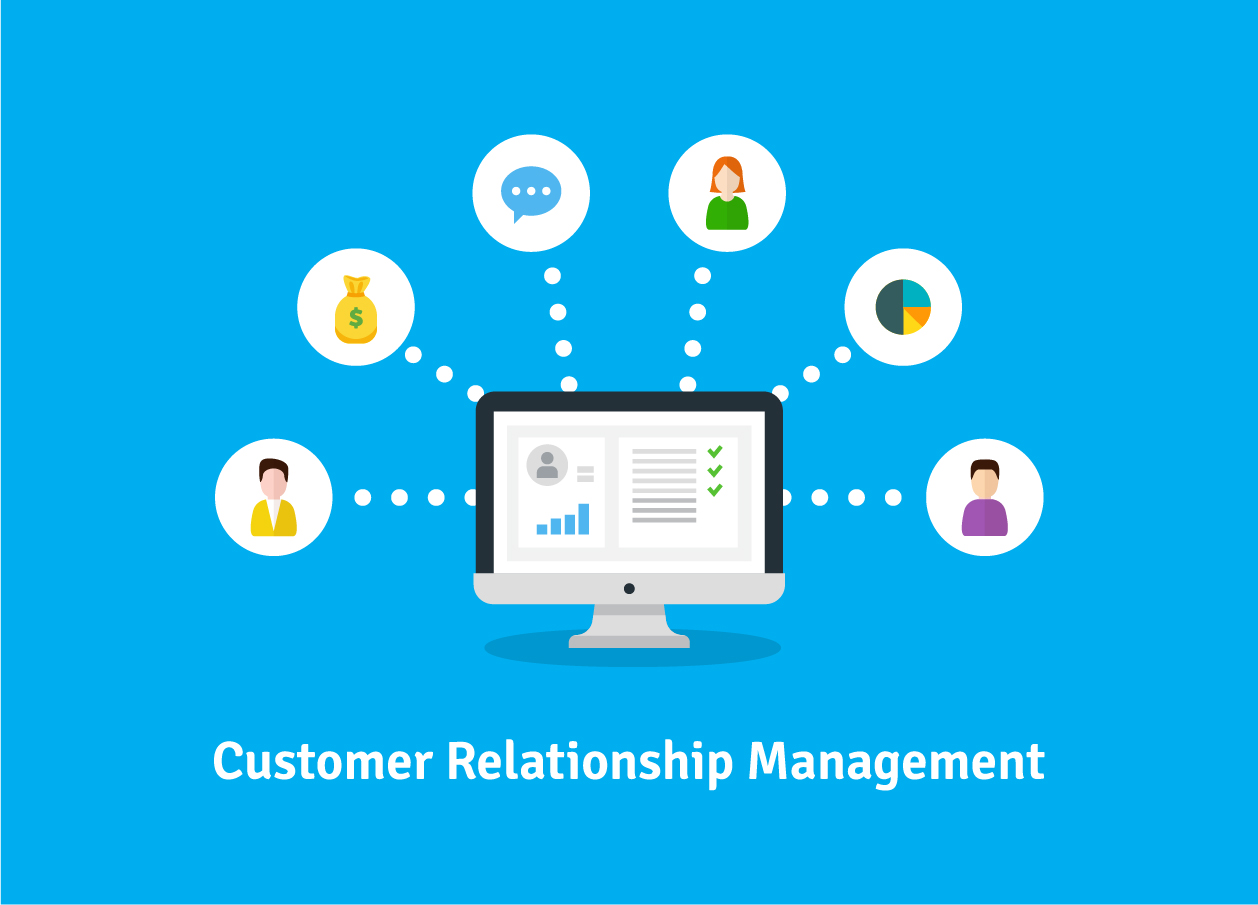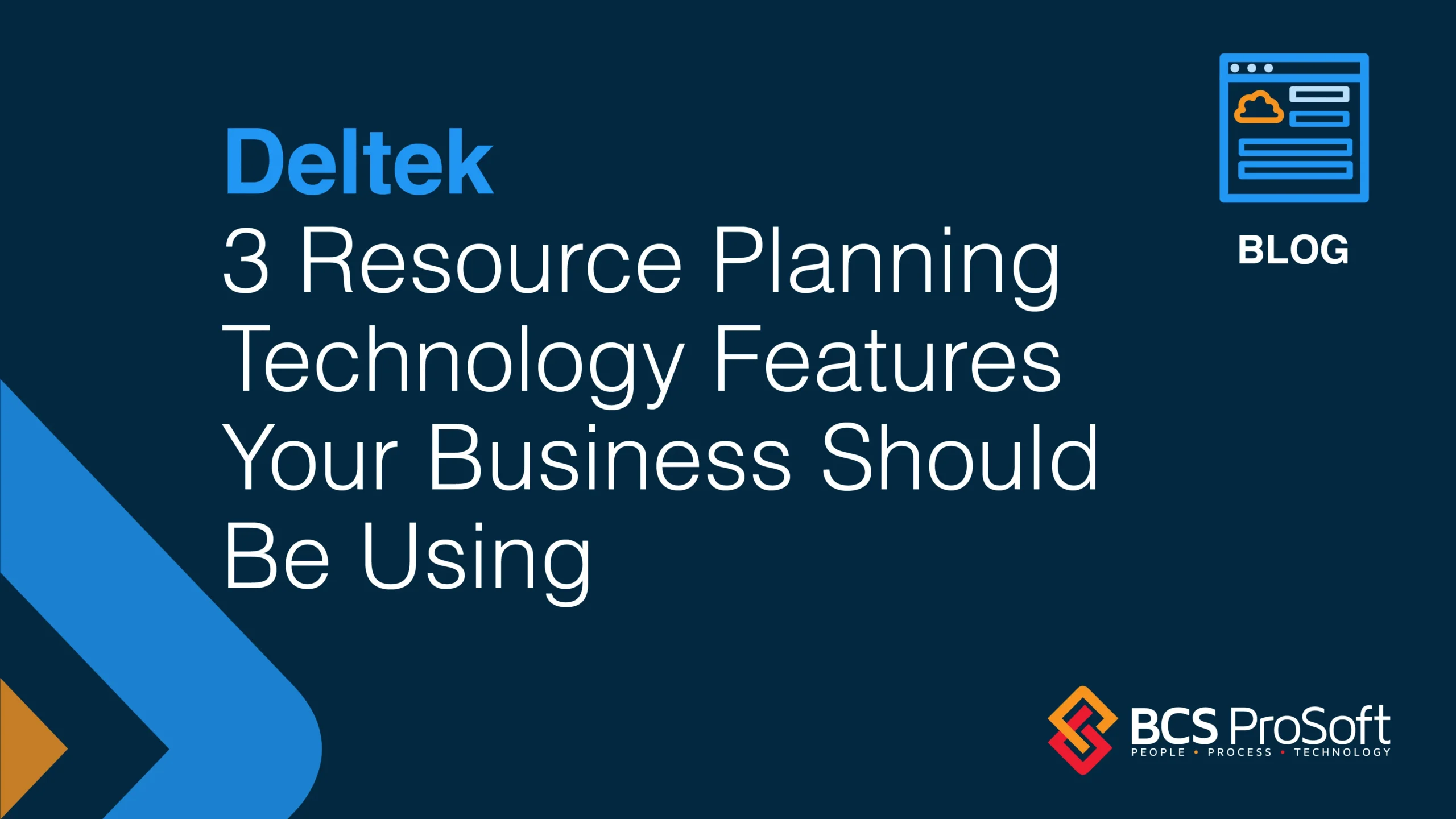In our years of project management, we’ve seen how the right tools can make or break a project’s success. Today, let’s dive into the world of project management software. The key is not just finding a good tool, but finding the right tool for your specific business needs.
In this guide, we’ll cover the basics of project management software, explain how to choose the right project management software features for you, and discuss some popular tools available. So let’s get started!
How to Identify Vital Project Management Software Features for Your Needs
Before we explore the features you need in your project management software, it’s crucial to assess your project’s unique requirements. Ask yourself, what challenges are you facing? What are your team’s strengths and weaknesses? It’s only when you can truly understand your needs that you can begin to narrow down the best project management solution for your team. Here are a few approaches you can take.
Analyze Your Processes
It’s akin to being a detective in your own firm. Scrutinize your current processes with a magnifying glass. Where are the bottlenecks? Is there a particular phase where deadlines are consistently missed? Remember, the devil is in the details. This step isn’t just about finding faults; it’s about uncovering opportunities for enhanced efficiency.
Ask for Feedback
Never underestimate the insights from those who are in the trenches. The team members working on the project day in and day out have a unique perspective on what’s working and what’s not. For example, team members who would provide useful information like those who are directly interacting with customers or clients can offer invaluable feedback on client needs and reactions.
Brainstorm With Other Teams
Interaction with other teams within your organization can be a goldmine of ideas. How are they tackling similar challenges? What tools or techniques are they using? This isn’t about copying their methods, but rather about gaining fresh perspectives. Think of it as cross-pollination in a garden – the blending of different ideas can produce beautiful results.
Utilize Tools
Use tools that help you quickly assess the strengths and weaknesses of your team. Surveys and feedback tools can provide quantitative and qualitative data about your team’s performance. Use these tools to gather actionable insights. It’s all about collecting data and interpreting it to make informed decisions.
Top 14 Project Management Software Features

Welcome to the heart of our discussion, where we delve into the nitty gritty of project management software features. Something to keep in mind is that “not all features are created equal.” In the realm of project management tools, this couldn’t be truer.
Here, we’re not just looking at what bells and whistles each software offers. Instead, we’re attempting to discern which features truly matter, the ones that make the difference between a project that’s merely managed and one that’s mastered.
1. Resource Management
In the world of project management, resource management is the equivalent of having a well-oiled machine. For project managers, it is not just about assigning tasks. It’s about ensuring that each task is in the hands of the right person at the right time. A powerful project management software will offer detailed insights into resource availability and allocation, allowing you to balance the workload efficiently and avoid burnout. Think of it as having a high-definition map of your team’s capabilities and availability.
2. Seamless Integrations
In our experience, the ability to integrate your project management software with external tools like email, calendars, and file storage systems can be a massive time-saver. It creates a streamlined workflow where all tools work in harmony, much like an orchestra playing a symphony. Making sure your project management system is able to integrate without a lot of hassle is a must.
3. Project Planning
A robust project planning feature is like having a clear roadmap. It allows you to break down projects into tasks and subtasks, set milestones, and assign responsibilities. This clarity is needed to keep everyone marching to the beat of the same drum. Good project management software will have a planning feature that is well-designed and easy to use.
4. File Sharing
Have you ever run into a problem where multiple people need to be working on the same file at the same time? Us too. That’s where file sharing can help. It enables users to access and edit files remotely, in real-time. With the choice of on-premise vs cloud storage capabilities, teams can collaborate more efficiently with less risk of data loss. While on-premise solutions offer control and security within a local network, cloud storage provides flexibility and accessibility from anywhere. This adaptability is crucial for dynamic team environments where access and collaboration are key.
A good project management tool with easy file sharing and storage capabilities can be a game-changer, ensuring that important documents are always just a few clicks away.
5. Collaboration
Collaboration features such as in-app messaging are vital. They facilitate clear and instant communication, significantly reducing misunderstandings and delays. This helps teams create a virtual roundtable where ideas and information flow freely.
6. Time Tracking
Project management software that includes time tracking and reporting can be invaluable. With it, projects become organized and efficient. You can easily keep track of the progress of every task in the dashboard, allowing you to deliver projects on schedule. It can also help you identify areas for improvement in your workflow and ensure that all tasks are completed with precision.

7. Project/Task Templates
Templates are a project manager’s best friend. They provide a quick start to recurring projects, ensuring consistency and saving valuable time. We’ve found that templates like project plans, task lists, and roadmaps can be extremely helpful in providing structure to complex projects. It’s like having a well-prepared recipe for success that you can use over and over. Template-based projects are also easy to delegate and monitor, making sure that you get the most out of your team faster.
8. Automation
Welcome to the future, where automation does the grunt work for you. Automation in project management is like having a virtual assistant who takes care of the repetitive tasks, freeing you to focus on the bigger picture. These days, more and more project management software is integrating automation features to help you streamline your workflow and optimize productivity.
9. Task Management
Effective task management is the heart of any project management software. It ensures that every task is tracked, assigned, and completed on time, keeping the project’s wheels turning smoothly. One of our favorite project management software features is a progress bar on each task that indicates how far along the task is and how much time remains until completion. Features like this can help a project manager stay organized and on top of things.
10. Budget Tracking
Working in project management, you need to be able to know exactly where your budget is at any given time. With project management software, you can easily manage budgets and track expenses for each task of your project. The budget tracking feature allows you to make sure that cost control is maintained throughout the entire duration of a project. This feature not only helps ensure that you stay within budget but also helps you avoid any nasty surprises down the line.
11. Multiple Project Views
Different project views cater to different planning styles. Whether it’s a Kanban board, a timeline, or a calendar view, having these options allows each team member to work in the way that suits them best, enhancing understanding and efficiency. You can also easily switch between views to gain better insight into the project at hand.
12. Progress Tracking
Regular project progress tracking is key for identifying bottlenecks early and ensuring timely interventions. It’s like having a health check-up for your project, ensuring it stays on the path to success. Project management software that offers built-in tracking tools allows for more accurate and efficient progress tracking, helping you stay informed of the project’s status.
13. Customization
The best project management solutions offer customization features that allow you to tailor the software to fit the needs of your team. From customizing layouts and views for enhanced project tracking to creating personalized notifications and reports, having the ability to customize will ensure that all aspects of your project are running smoothly.
14. Reporting
Project management features should always include reporting capabilities. Having the ability to easily generate reports is key for managing projects, as well as staying up-to-date with the latest metrics and insights. Software like Deltek Vantagepoint with reporting features will help you quickly evaluate your progress and make informed decisions on how to improve efficiency or adjust resources.
Features to Avoid in Project Management Software

Just like there are specific features to look for in project management software, there are also certain features you should avoid. Make sure your chosen product does not have any of the following:
Over-Complexity
Software that is too complex can be counterproductive. It should enhance, not hinder, your workflow. I’ve seen overly complex programs that can require a significant amount of training and resources to be used. That is why it is so important to find a project management system that is optimized for your specific needs and frankly – easy to learn!
Limited Customizability
Avoid tools that don’t offer enough customization options to fit your project’s unique needs. You should also ensure that the project management software you are looking for is flexible enough to accommodate scaling and changes down the line. The last thing you want is to find out that your project management software that you just invested significant time and money in won’t work for you because of the lack of options.
Poor User Interface
Trust us, your team will thank you for this one! A clunky interface can be a major obstacle to efficient project management. You want a platform that is fast, straightforward, and intuitive. Look for user-friendly software with easy navigation. After all, if your project team is struggling to use the project management software, it defeats the purpose of having it in the first place. Taking a few minutes to review user interface reviews can save you a lot of time in the long run.
Final Thoughts

If you come away from this blog with anything, it should be this: the best tool is the one that works for you.
That may mean trying several different tools before you find the right fit. There are lots of options, and each has its own unique advantages. As you embark on selecting the perfect project management software, approach it as you would a strategic partnership. Evaluate, test, and reflect. Engage with your team, seek their feedback, and observe how different features impact your workflow.
Here’s to finding your perfect project management partner and steering your projects to uncharted heights of success!
Frequently Asked Questions
What are features of project management?
Project management encompasses a set of features that facilitate the planning, execution, monitoring, and completion of projects. These features include scope definition, where the goals, deliverables, and milestones of a project are established.
Time management is another critical feature, involving the creation of project timelines, scheduling tasks, and ensuring adherence to deadlines. Budget management is essential for controlling costs and allocating resources efficiently. Quality management ensures that project deliverables meet the required standards. Risk management involves identifying potential risks and implementing strategies to mitigate them. Communication is a pivotal feature, involving the exchange of information among team members and stakeholders.
Project integration brings together various elements of a project, ensuring that they work in harmony. Human resource management focuses on utilizing and managing the people involved in the project. Procurement management deals with obtaining necessary goods and services from external sources. Lastly, stakeholder management involves identifying and satisfying the needs and expectations of those who have an interest in the project.
Which features should project management software have?
A competent project management software should encompass key features that align with the core aspects of project management. These include task management for organizing and tracking tasks, resource management to optimize the use of resources, time tracking to monitor time spent on tasks, document sharing and collaboration tools for effective teamwork, and reporting features for insight into project progress and performance. Integration capabilities with other tools and software are also essential to ensure a seamless workflow. You can check out our blog on the benefits of project management software for more information on this topic.
What is included in project management software?
Project management software includes task management, calendar scheduling, resource allocation, communication, document management, time tracking, reporting, budget management, and risk mitigation tools. These features aid in planning, executing, and monitoring projects, ensuring efficient resource use, team collaboration, and insight into project progress and performance.
Additionally, many project management systems offer customization and integration capabilities, allowing them to be tailored to specific project needs and integrated with other business tools. For instance, there are certain features that project managers should look out for in the architecture industry as well as other industry-specific needs. It just depends on the field you work in.
What are the functions of project management software?
Project management systems facilitate planning, task management, resource allocation, and communication. They provide tools for documentation, progress monitoring, financial tracking, risk management, and integration with other business tools, ensuring efficient, budget-conscious, and high-quality project completion. Such software can also provide project planning, scheduling, cost estimation, resource allocation and monitoring, quality management, risk analysis, and reporting.
How do you implement project management software effectively?
Implementing project management software effectively requires a strategic approach, ensuring it aligns with your business processes and team needs. Start by assessing your project requirements and workflows. Select software that aligns with your specific goals and has the essential features we’ve discussed. Next, engage in thorough training for your team, ensuring everyone understands how to use the new system. It’s also crucial to migrate data carefully and set up integrations with existing tools.
If you’re looking for expert guidance in this area, BCS ProSoft offers exceptional services to help you choose and implement the right project management software for your business. Their expertise can ease the transition, ensuring that your team is up and running with the new system seamlessly.
What are the best project management tools?
The best project management tools are those that offer a comprehensive set of features to efficiently manage and track all aspects of your projects. These tools should include robust task management, resource allocation, time tracking, file sharing, collaboration capabilities, and more. Each business may have unique needs, so the “best” tool can vary.
For a detailed insight into some of the top project management tools, especially for architects, check out our blog all about the best project management tools for architects out there. This resource is tailored to help professionals in the architecture sector find software solutions that best fit their project management requirements. Whether you’re managing small-scale projects or large, complex ones, this guide will help you navigate through the options to find a tool that aligns with your specific needs.






